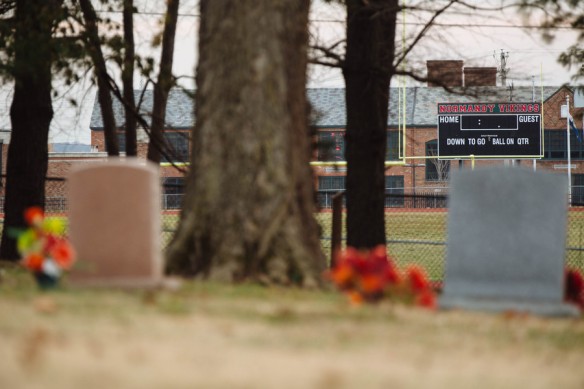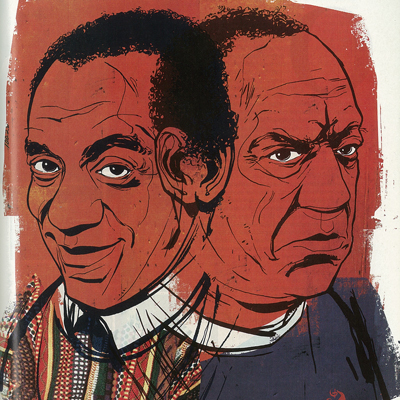D.W. Griffith’s notoriously racist film The Birth of a Nation, which tells a mythicized origin story of the KKK, is experiencing something of a revival. As Dorian Lynskey explains in this piece for Slate, the reason has less to do with the story the film tells, so much as it does with the debate the film sparked: should there be a limit to what subjects art can handle, and if so, who gets to set that limit? It’s the kind of eternal debate that has always mattered in the art world, but especially matters in our current clime, when First Amendment freedoms, censorship, and government oversight frequently dominate political discussions. And according to Lynskey, this question of whether dangerous art can ever merit suppression, has been one of the very debates that defined American history.

Actors costumed in the full regalia of the Ku Klux Klan chase down a white actor in blackface in a still from ‘The Birth of a Nation,’ the first feature-length film, directed by D. W. Griffith, California, 1914. Photo by Hulton Archive/Getty Images
In 1916 a 41-year-old man in Los Angeles published a short pamphlet called “The Rise and Fall of Free Speech in America.” In passionate if somewhat pompous tones, the author described motion pictures as “the laboring man’s university,” but warned that their power to educate and instruct the nation could be “muzzled by a petty and narrow-minded censorship” that would create “a sugar-coated, virtuously-garbed version … in order to satisfy the public mentors of our so-called morals.” He quoted dozens of journalists and politicians who opposed censorship, cited Shakespeare and the Bible for good measure, and protested that “this new art was seized by the powers of intolerance as an excuse for an assault on our liberties.”
The pamphlet’s author was the film director D.W. Griffith, and the subtext for his First Amendment flag-waving was the fierce campaign against his 1915 motion picture The Birth of a Nation.



